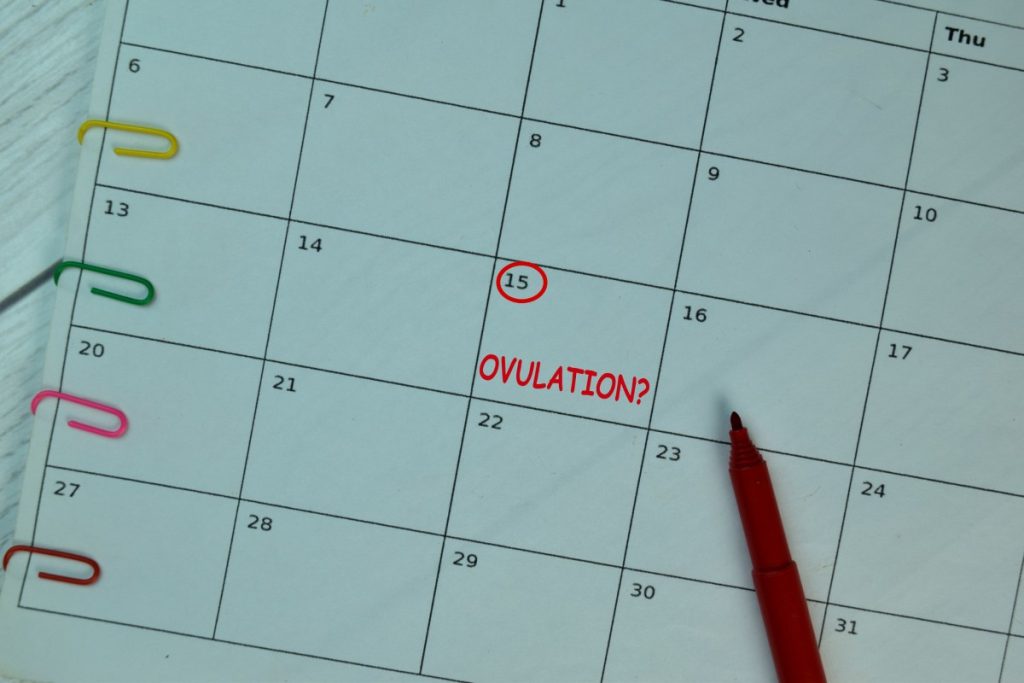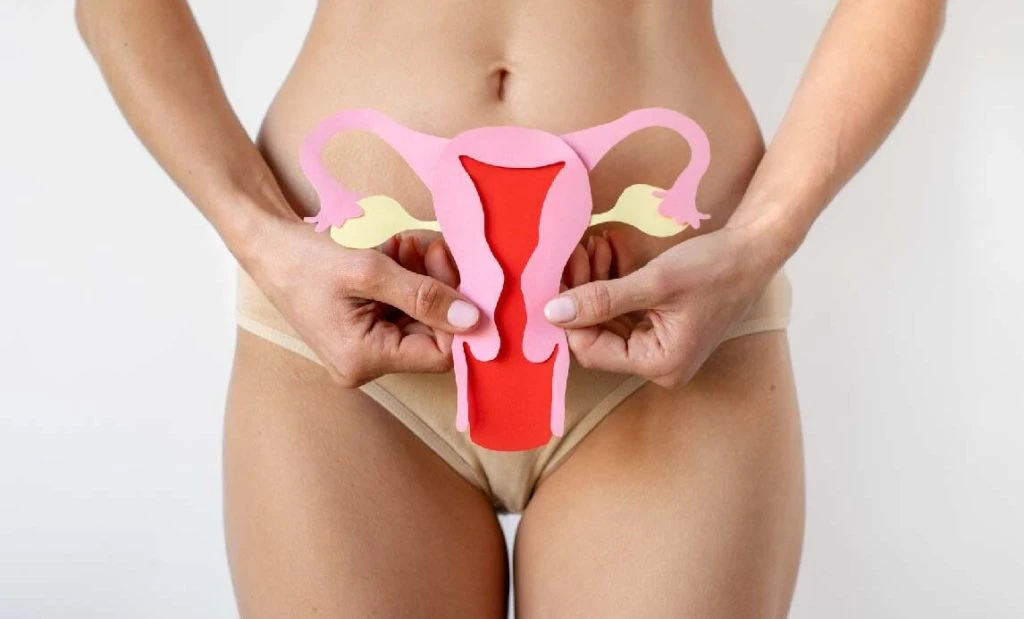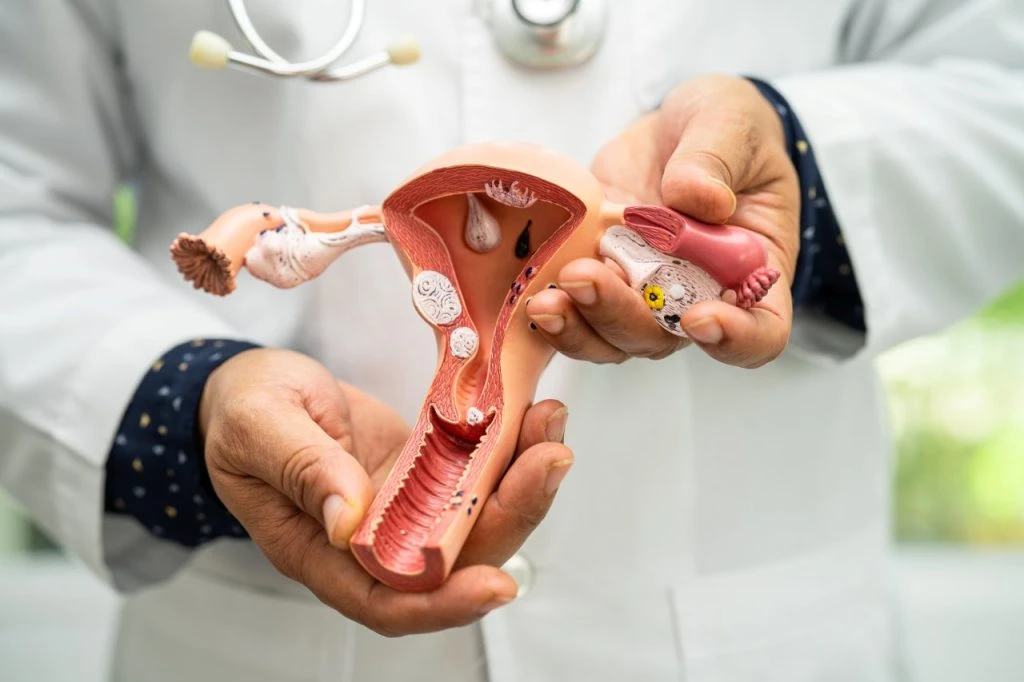Learning how to track ovulation can feel a bit like detective work at first, but once you get the hang of it, the process becomes surprisingly intuitive. Whether you’re trying to conceive or simply want to understand your body better, tracking ovulation gives you valuable insights into your menstrual cycle and overall reproductive health.
The thing about ovulation is that it’s both predictable and mysteriously individual at the same time. While most women ovulate roughly 14 days before their next period, your personal pattern might be quite different. Some of you might ovulate on day 12, others on day 18, and that’s completely normal. This is precisely why tracking becomes so useful – it helps you identify your unique rhythm rather than relying on textbook averages.
When we work with women who are keen to understand their cycles better, we often emphasise that understanding ovulation tracking challenges is just as important as knowing the methods themselves. Not every approach works for every woman, and sometimes what seems like a straightforward process can become frustrating if you’re not seeing the clear patterns you expected.
Method 1: Basal Body Temperature (BBT) Tracking
Your basal body temperature – that’s your body’s resting temperature – shifts in a predictable pattern throughout your cycle. Before ovulation, your BBT typically sits somewhere between 97.0°F and 97.7°F, then rises by about 0.5°F to 1.0°F after you’ve ovulated and stays elevated until your next period arrives.
The key with BBT tracking is consistency, though we realise this isn’t always realistic with busy lifestyles. You’ll need to take your temperature at the same time every morning before getting out of bed, ideally after at least three hours of uninterrupted sleep. A special basal thermometer that reads to the tenth of a degree gives you the precision you need.
What makes BBT particularly useful is that it confirms ovulation has already happened, which helps you understand your cycle length and timing over several months. The downside? It’s retrospective, so it won’t help you predict your fertile window in real-time for that particular cycle.
Some women find BBT tracking meditative – a quiet moment each morning to connect with their body’s rhythms. Others find it stressful, especially if their temperatures seem erratic or if shift work makes consistent timing impossible. There’s no right or wrong way to feel about it.
Method 2: Cervical Mucus Monitoring
Your cervical mucus changes throughout your cycle in response to hormonal shifts, and learning to interpret these changes can be incredibly revealing. After your period, you might notice little to no mucus, followed by sticky or tacky discharge. As you approach ovulation, the mucus typically becomes more abundant, creamy, then stretchy and clear – often described as resembling raw egg whites.
This “egg white” cervical mucus is your most fertile sign because it creates the perfect environment for sperm to survive and travel. The texture allows sperm to swim more easily toward the egg, and it can keep them viable for up to five days in the right conditions.
Learning to assess cervical mucus takes practice and patience with yourself. You might check it when you use the bathroom, noting the colour, consistency, and how it feels between your fingers. Some women prefer to check internally, while others find external observation sufficient.
The beauty of this method is that it’s completely free and gives you real-time information about your fertility window. However, factors like illness, medications, hormonal contraceptives, and even lubricants can affect mucus patterns, making interpretation tricky at times.
Method 3: Ovulation Predictor Kits (OPKs)

Ovulation predictor kits detect the surge in luteinising hormone (LH) that typically happens 12 to 36 hours before ovulation. These work similarly to pregnancy tests – you either urinate on a stick or dip it into a urine sample, then wait for the results.
Most OPKs show a control line and a test line. When the test line is as dark as or darker than the control line, you’re likely to ovulate within the next day or two. Some digital versions take the guesswork out of line comparison by simply displaying “peak” or “high” fertility.
The timing of testing matters with OPKs. Most women need to test once or twice daily during their expected fertile window, usually starting about five days before anticipated ovulation. Testing with concentrated urine (avoiding excessive fluid intake beforehand) often gives clearer results.
One thing we often mention to patients is that certain conditions can affect LH levels, potentially making OPKs less reliable. PCOS, for instance, can cause persistently elevated LH, making it harder to identify the true surge.
Method 4: Fertility Tracking Apps
Modern fertility apps can be remarkably sophisticated, combining multiple data points to predict your fertile window. The best ones allow you to input BBT readings, cervical mucus observations, OPK results, and other symptoms like breast tenderness or mood changes.
These apps learn your patterns over time, potentially becoming more accurate the longer you use them. Some integrate with wearable devices that automatically track your temperature or sleep patterns, making data collection virtually effortless.
But here’s the thing about apps – they’re only as good as the information you provide and the algorithms behind them. Generic apps that rely solely on calendar methods might not capture your individual variations, while more comprehensive ones require consistent data input to be truly useful.
The convenience factor is undeniable, though. Having all your fertility data in one place, with predictions and insights readily available, can be incredibly helpful for understanding your body’s patterns and timing intimate moments.
Method 5: Physical Symptoms Tracking
Many women experience subtle physical signs around ovulation that can serve as additional fertility clues. These might include mild pelvic pain (sometimes called mittelschmerz), breast tenderness, increased libido, or changes in energy levels.
Some women notice their cervix changes position and texture throughout their cycle – it might feel higher, softer, and more open around ovulation. While this requires some practice to assess accurately, it can become a reliable indicator for those who take the time to learn their body’s signals.
Tracking these symptoms alongside other methods creates a more complete picture of your fertility patterns. However, these signs can be quite subtle and vary significantly between individuals, making them better as supporting evidence rather than primary indicators.
Combining Methods for Best Results
The most effective approach often involves combining two or more tracking methods. You might use OPKs to predict ovulation while confirming it with BBT, or track cervical mucus alongside an app that helps you spot patterns you might otherwise miss.
This multi-method approach helps account for the occasional “off” cycle when one indicator might be unclear. It also builds your confidence in recognising your fertile window, which can be particularly important if you’re actively trying to conceive.
At GG Healthcare, we often work with women who’ve been tracking for months without clear patterns, and sometimes the solution involves adjusting techniques or addressing underlying factors that might be affecting their cycles. Remember, if you’re finding tracking consistently challenging or your cycles seem highly irregular, it might be worth discussing with a healthcare professional who can help identify any underlying issues.
The Bottom Line
If you’re looking for a clinic offering fertility support for families, we at GG Healthcare would love to support you during your fertility journey. After all, the journey of understanding your body’s fertility signals is deeply personal, and what works beautifully for one woman might feel frustrating for another. The key is finding the methods – and doctors – that fit your lifestyle and give you the information you need to make informed decisions about your reproductive health.







